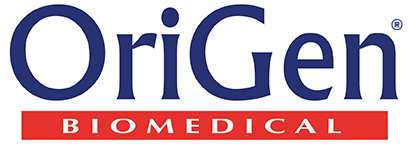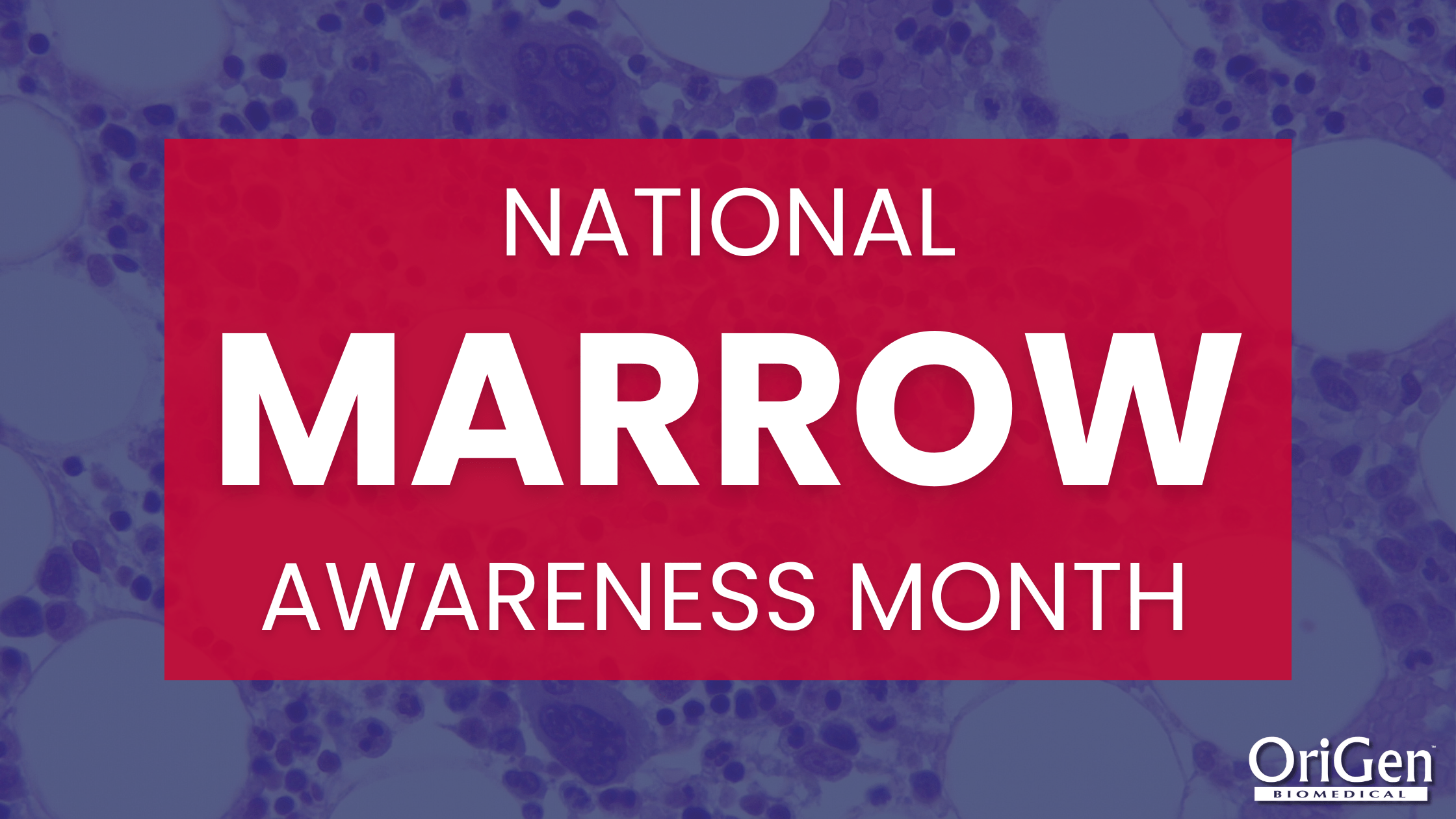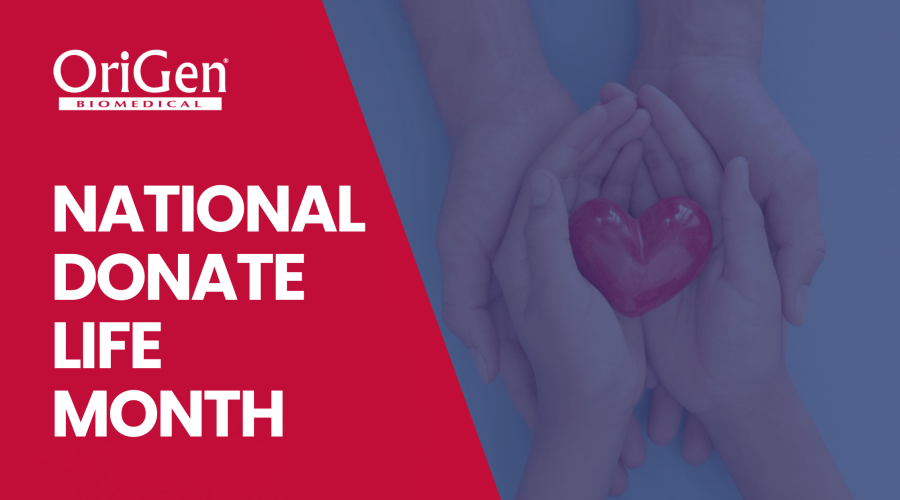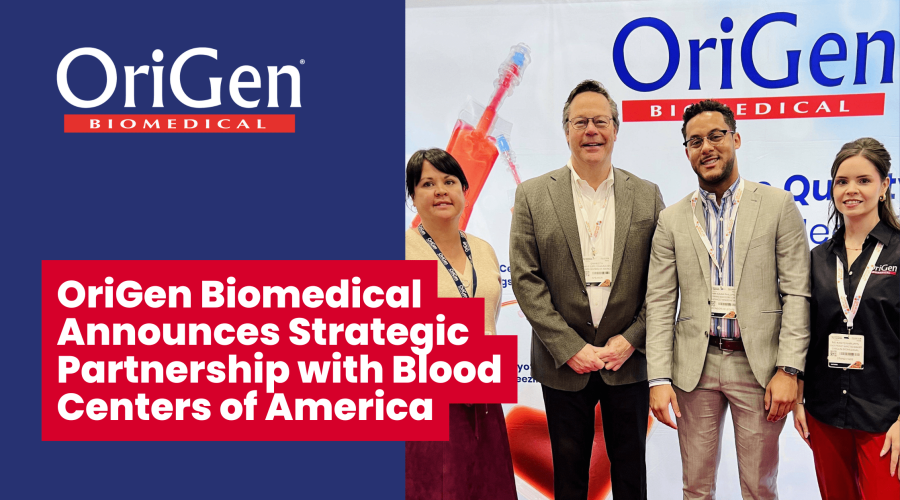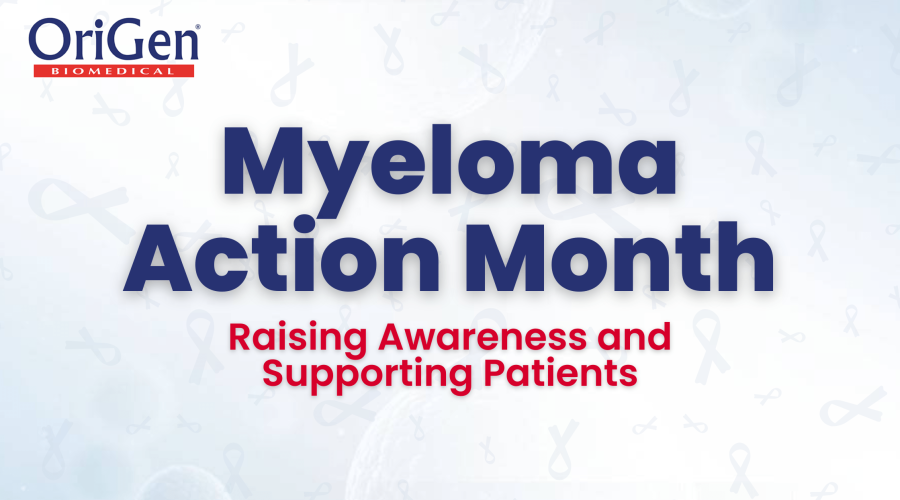Each November, National Marrow Awareness Month invites us to honor the dedication of transplant physicians, pioneering researchers, and selfless donors, all of whom bring hope to those facing life-threatening blood disorders. Nearly 1.6 million Americans are diagnosed with complex blood cancers each year, underscoring the need for these life-saving therapies.[1] Building on insights from Blood Cancer Awareness Month, we celebrate the remarkable impact of stem cell and bone marrow transplants in transforming lives.
Understanding the Power of Bone Marrow
Every few minutes, someone in the U.S. is diagnosed with blood cancer, increasing the need for bone marrow donors. Bone marrow contains stem cells that mature into red blood cells, white blood cells, and platelets, each essential for our health. Red blood cells transport oxygen, white blood cells protect against infection, and platelets assist with clotting to prevent excessive bleeding.[1]
Some notable facts relating to bone marrow and donation:[2]
- Bone marrow generates vital blood cells
- HLA (human leukocyte antigen) markers make finding compatible donors challenging
- Matches increase with donor diversity, enhancing survival odds
- Cord blood from newborns can be another donation source for stem cells
- Recovery from marrow donation is generally fast
Through National Marrow Awareness Month, we encourage individuals to join the National Marrow Donor Program (NMDP) registry, expanding potential matches for patients and offering hope for healing.
The Journey of Bone Marrow Donation
Bone marrow transplant success hinges on the availability of compatible stem cells, typically obtained through two primary donation methods:[3]
- Peripheral Blood Stem Cells (PBSC): After a series of injections to increase stem cell production, PBSC donors undergo apheresis, which separates stem cells from the blood while returning other components to the donor.
- Bone Marrow Donation: Liquid marrow is extracted from the pelvic bone under anesthesia. The body regenerates marrow within weeks, making this an effective way to restore a patient’s health.
National Marrow Awareness Month: A Timeline of Hope & Progress
Bone marrow transplantation has come a long way, marked by decades of research and breakthroughs.[4]
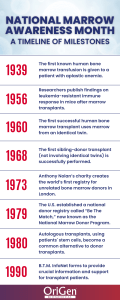
- 1939: The first known human bone marrow transfusion is given to a patient with aplastic anemia.
- 1956: Researchers publish findings on leukemia-resistant immune response in mice after marrow transplants.
- 1960: The first successful human bone marrow transplant uses marrow from an identical twin.
- 1968: The first sibling-donor transplant (not involving identical twins) is successfully performed.
- 1973: Anthony Nolan’s charity creates the world’s first registry for unrelated bone marrow donors in London.
- 1979: The U.S. established a national donor registry called “Be The Match,” now known as the National Marrow Donor Program.
- 1980s: Autologous transplants, using patients’ stem cells, become a common alternative to donor transplants.
- 1990: The Blood & Marrow Transplant Information Network (B.T.M. InfoNet) forms to provide crucial information and support for transplant patients.
These milestones symbolize the extraordinary efforts of researchers, healthcare providers, and donors, all of whom work to extend hope and healing to those affected by blood diseases.
Becoming a Donor: A Life-Saving Path
If you’re ready to join the registry and potentially save a life, here’s the five-step path to follow from the Gift of Life Marrow Registry:[5]
- Register Online – Fill out basic details to join the donor registry
- Receive a Swab Kit – Complete a cheek swab test to match with patients
- Get Matched – Await notification if you’re a match for a patient in need
- Complete a Health Check – Undergo a medical exam to confirm eligibility
- Make Your Donation – Proceed with the donation, knowing your selfless act offers hope and healing to others
Each step you take brings hope to someone in need. Your generosity could make an extraordinary impact on a patient’s life.
Illuminating Hope: The Power of Donor Matches
Donor-patient matching depends on shared HLA markers, specific proteins that enhance compatibility. Many matches may be available for donors with common tissue types; for others with rare markers, they might be the only possible match for a patient.
Join the Movement: Ways to Make a Difference
This month, let’s come together to raise awareness of marrow donation’s life-saving impact. If direct donation isn’t feasible, there are still numerous ways to contribute:[6]
- Offer financial support by making a gift donation
- Join the registry to become a donor
- Attend or host fundraisers
- Volunteer your time to support the donor registry and patients
- Get involved through your college campus
Through your involvement, you become part of a movement that brings hope to patients and families.
At OriGen Biomedical, we take pride in providing products that support these critical therapies. Our PermaLife®Cell Culture Bags and CryoStore Freezing Bags offer reliable preservation solutions, ensuring that essential cells and tissues are ready whenever patients need them. In addition, our CryoPur™ Solutions and fluid transfer accessories streamline this crucial process, supporting patients as they await life-saving transplants.
Together, let us create a brighter, healthier future, supporting the journey toward life and renewal for those in need.
